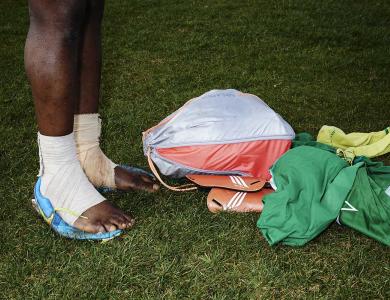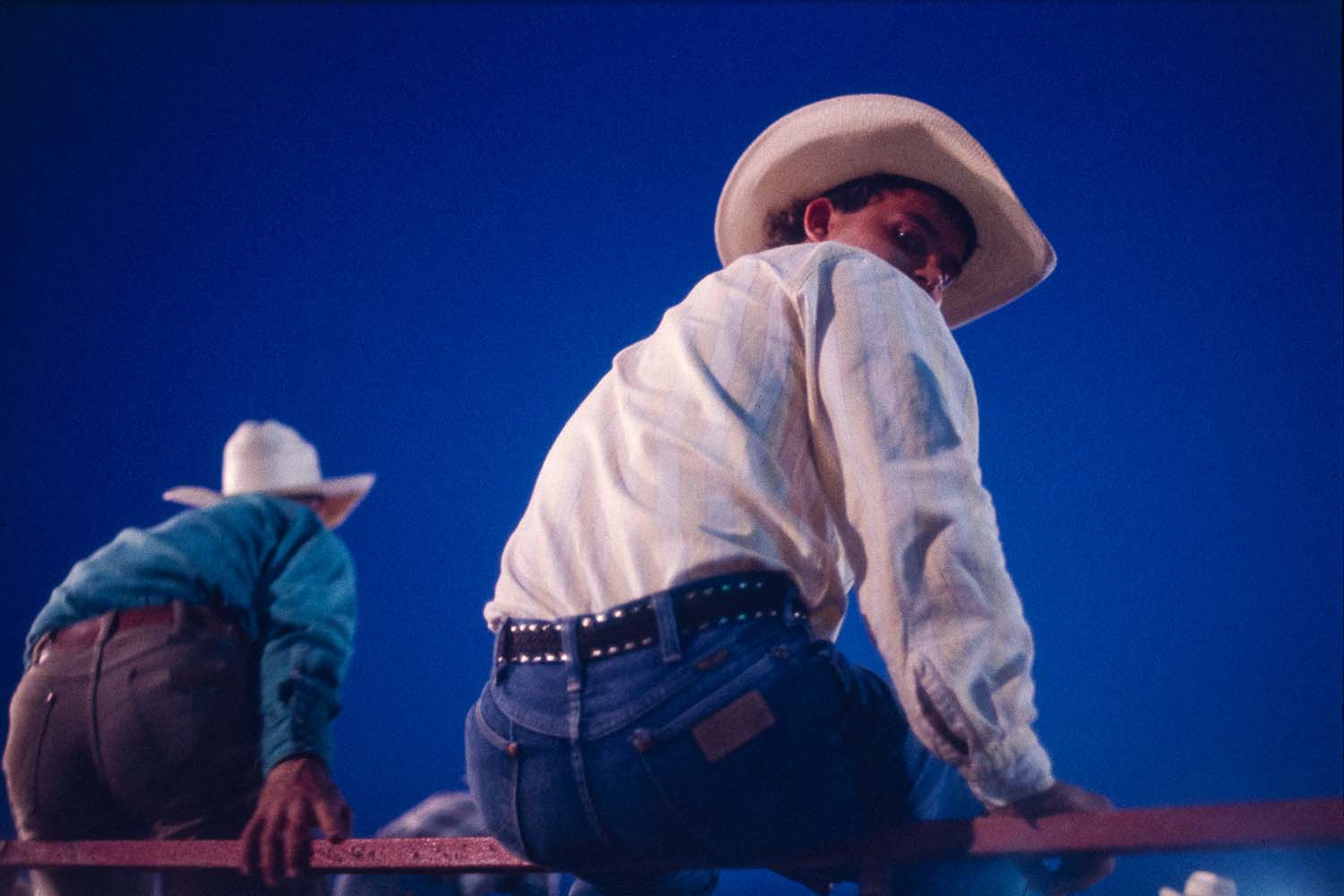 © Lauren Grabelle - Cowboy sitting on the perimeter fence of a rodeo arena looking at the camera during the county fair in Meredosia, Illinois.
© Lauren Grabelle - Cowboy sitting on the perimeter fence of a rodeo arena looking at the camera during the county fair in Meredosia, Illinois.

Lauren Grabelle is a photographer based in Montana that uses the platform PhotoShelter to showcase her portfolio.
Her images lie between fact and fiction - inviting the viewer to enter her vision of the world. Lauren was inspired to pursue photography by her mother and her curiosities about strangers.
Originally from NJ, she moved to Montana to heal the wounds that are created by living in the most densely populated state and being so isolated from nature. She says her photography falls where "fine art and documentary meet; where I can tell truths about our relationships to other people, animals, nature, and ourselves. My work is about empathy."
Tell us about your work. Your images sit between fact and fiction - what has inspired this style of storytelling?
I think my work falls in the matrix between fine art and documentary, but it is all truth as I see it. With few exceptions my work is created out of my daily life. Both 'Dead Things with Sugar' and 'Strange Days: Woods Bay' were created with my mobile during my daily walks and hikes with my dog. Perhaps the fictitiousness comes from my overactive imagination but nothing is altered, arranged, nor faked in my photos: animal skulls and false teeth on a diner floor were all found in situ - I have a quick eye. In a review of Dead Things which was juried into the Pacific NW Viewing Drawers at Blue Sky Gallery in Portland a few years ago a reviewer remarked, “Grabelle saunters along the snowy path, carefree and oblivious to the preconceived constructs of society”. My point of view just might seem like fiction and I might see what others don’t but if it makes my photos interesting and people are drawn to them then I’m happy.
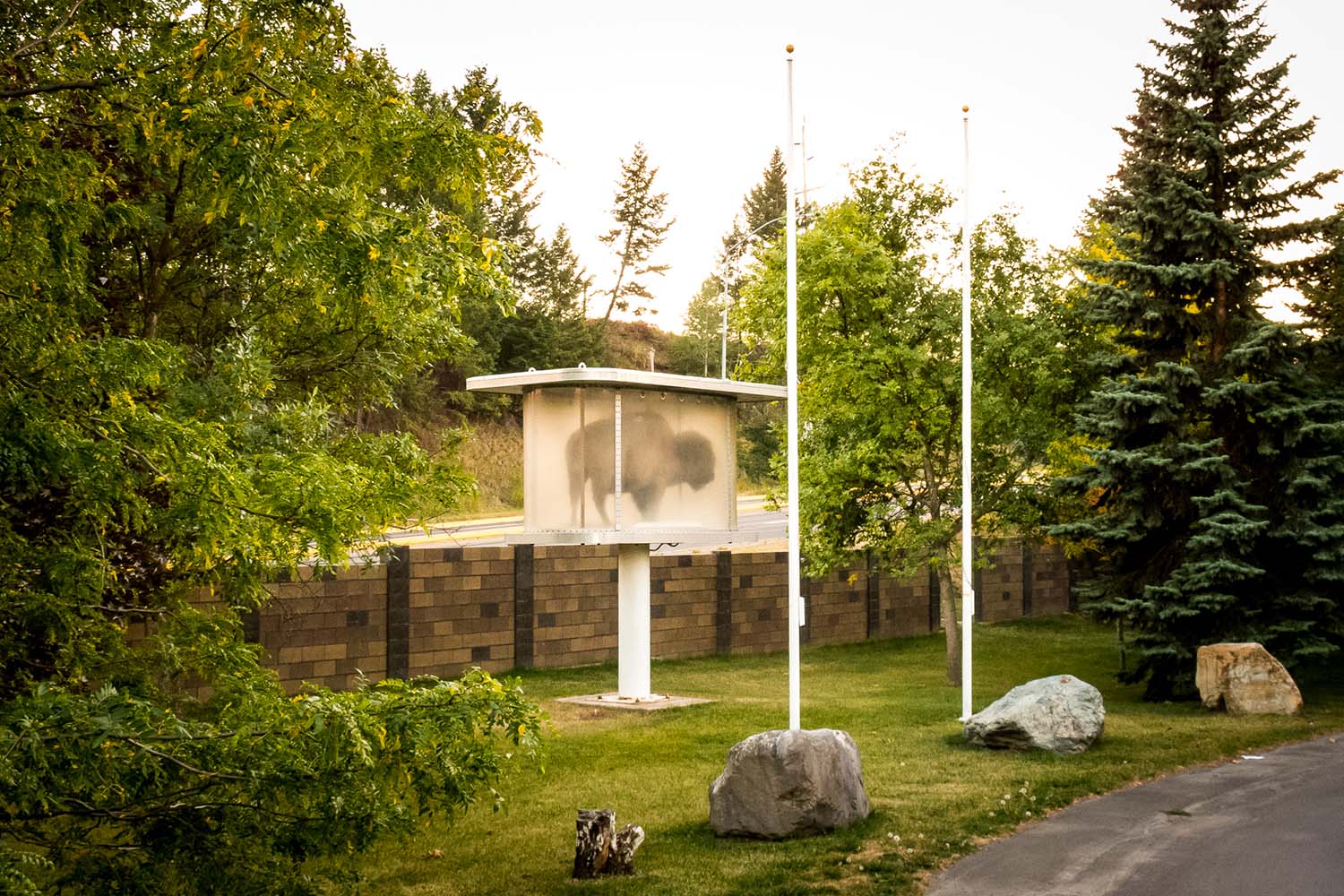
Your photographs of people feel very intimate and have a feel-good quality to them. How do you approach photographing strangers?
That’s a really nice thing to hear - I prefer to capture people as they see themselves as opposed to imposing my own interpretation on them. In a nutshell though it's about trusting one's own instincts, improvising, and connection, and feeling that no one really is a stranger. Intention is important too. If I’m drawn to someone that I don’t know there’s a reason, and I seek out that reason through the lens. Years ago when I was first getting serious about photography I spent a summer living in a small river town in Illinois while working on an archeology dig and photographing my experience. I remarked to a friend that I felt like I was talking to the locals only so I could photograph them. He insisted that it was the opposite: that my camera was just my excuse to learn about them, to know them, that the photography was secondary.
Tell us more about your series ‘Photographer X’
In the late 1990’s I slipped anonymously into a job in the surveillance department at one of the largest casinos in the world. There I found myself with over 800 cameras at my fingertips, and at the push of a button, the option to print a frame seen on the monitor before me while searching remotely for human indiscretions. I became Photographer X.
But this series is also about the frustrations of having an hourly-waged job and feeling far removed from the art and photography worlds that I wanted to be a part of. Turns out that art is everywhere one sees it and this job allowed me to stealthily create and capture it. However I waited many years to share this work publicly. It has since been shown in part at the Newspace Center for Photography and published as a portfolio in Harper’s Magazine.
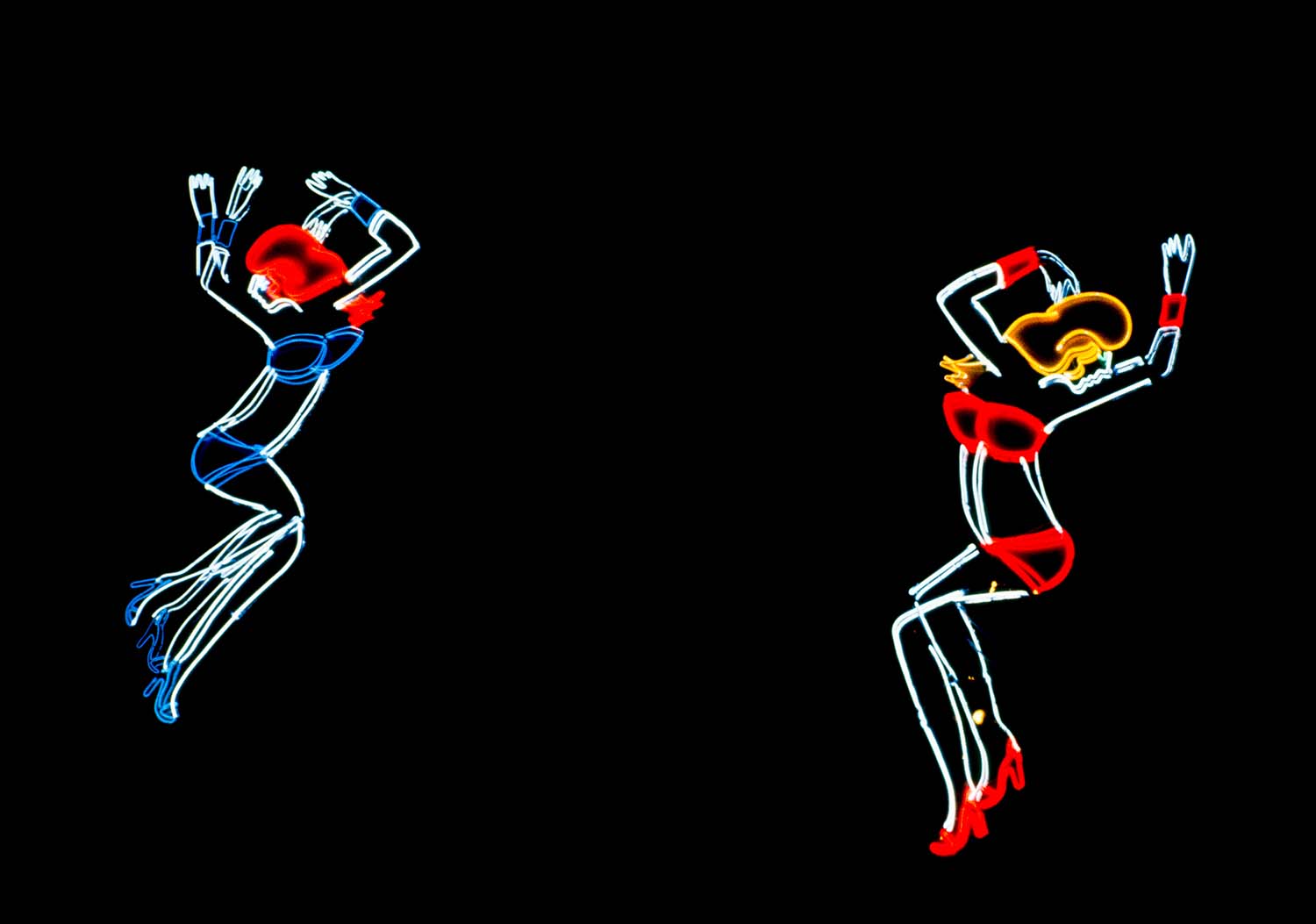
What inspired you to become a photographer?
I got my first Kodak Instamatic when I was in kindergarten and then my mother gave me her Pentax a few years later. She was an avid photographer, photographing her children extensively, and before marrying had worked in photo studios in NYC in the 1950’s, most notably to the fashion and portrait photographer, Peter Basch. There were framed abstract prints of his in the hallway outside my bedroom door growing up which had a pretty good influence on my understanding of what a photograph could be. I also would spend hours and hours as a child in my parent’s basement looking through the Time-Life series of books on science and nature, as well as a set of Eros Magazines by Ralph Ginzburg. Those hours spent looking at those photo-dominant publications formed my early understanding of the earth, animals, and humans, and made them all seem like something to be cherished, embraced, and visualized. In high school I started reading American Photography. A year out of high school I spent 3 years working on cruise ships in the Caribbean and started photographing earnestly. I was loving the images I was making but when I returned back home I decided to major in anthropology and study photography on the side at ICP, the New School, and Tisch at NYU where I was enrolled. It became something I found deeply satisfying and have embraced and welcomed all the changes with the digital revolution although at times I do miss shooting with Kodachrome and the feeling that each exposure is precious.
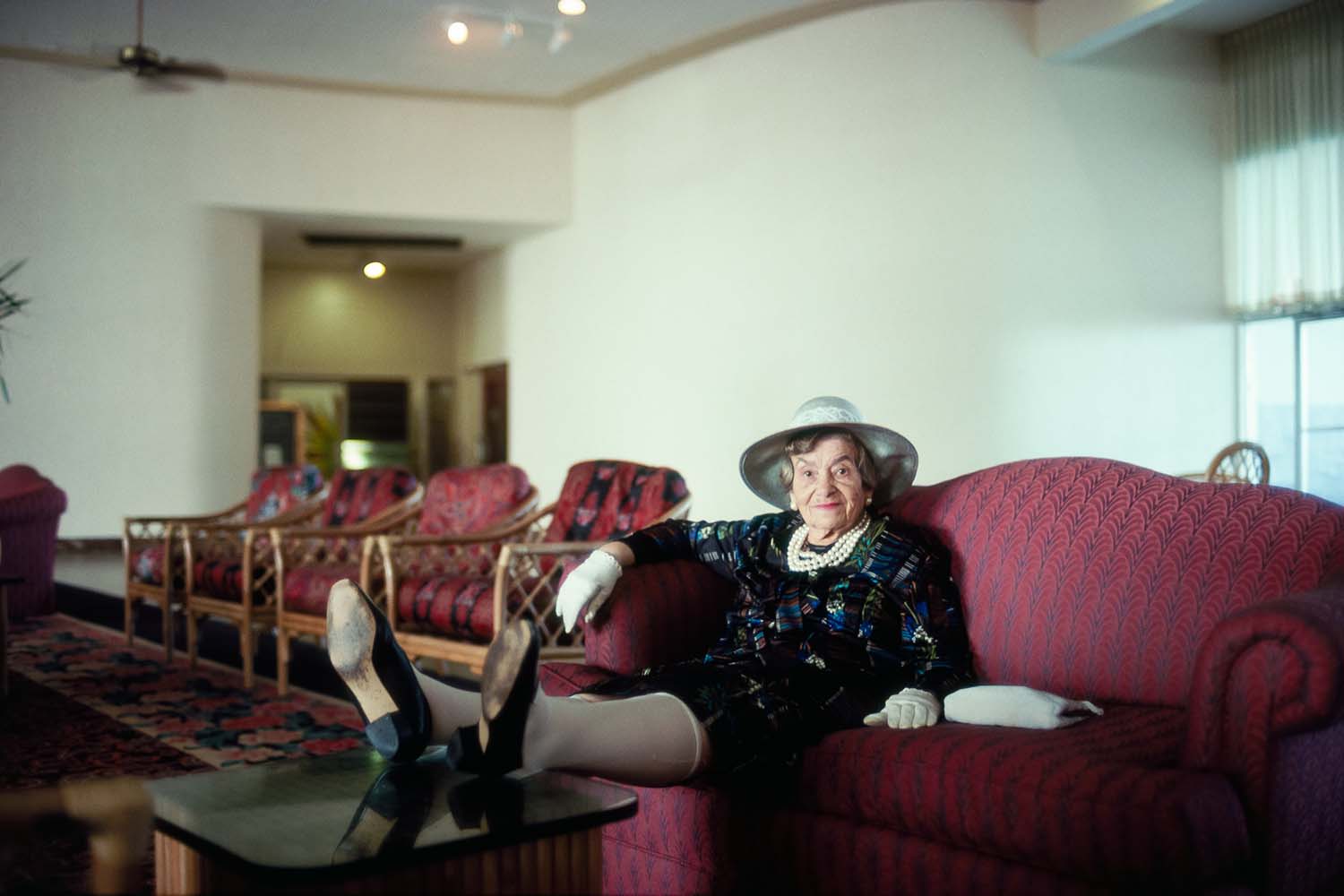
Are you currently working on any new projects?
My projects seem to come together after the fact. I don’t pre-visualize nor conceptualize the world but do admire many photographers that are able to do that. My roots are in the documentary tradition of photographers like Nan Goldin and Larry Clark, both of whom I was introduced to and inspired by very early on. I do have a historic photo archive project that I am looking to get published and exhibited. It seems lately that I’m mostly working on ways to get my work out into the world, the never ending task of self-promotion. The photos just happen, thankfully, especially in the age of the iPhone.
laurengrabelle.photoshelter.com
photoshelter.com


